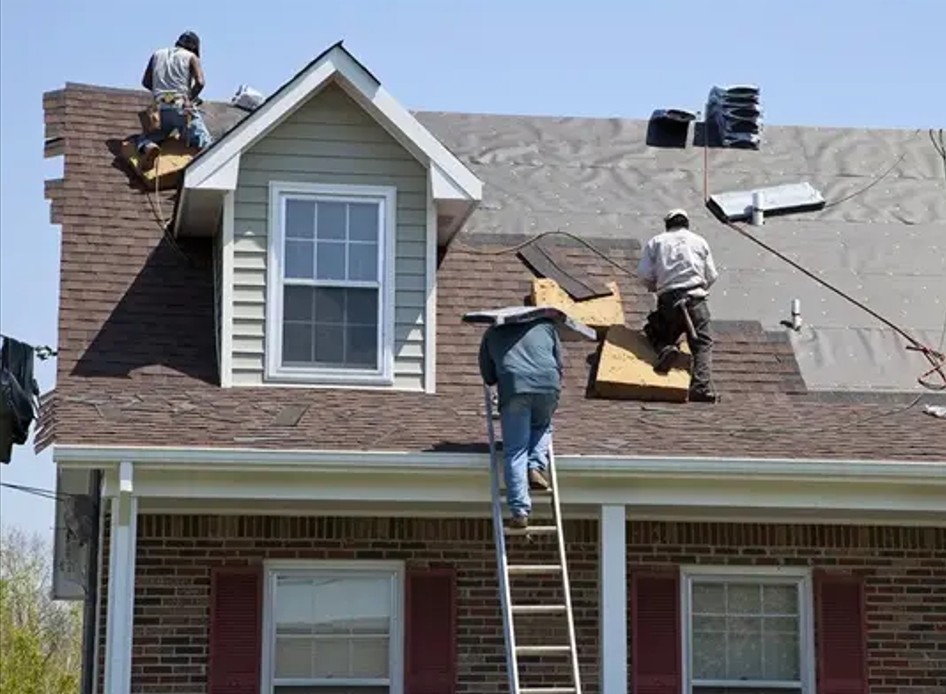Roof maintenance is one of the most vital yet overlooked aspects of owning a property. Whether it’s a residential home, a rental unit, or a commercial space, the roof protects against the elements—rain, wind, snow, and sun. Neglecting its upkeep can lead to costly repairs, structural damage, and safety risks. Regular maintenance doesn’t just save money over time; it extends the lifespan of your roofing system and ensures your property remains secure and weather-resistant year-round.
We will explore a thorough roof maintenance checklist that property owners can use to prevent minor issues from becoming major liabilities. It covers visual inspections, necessary cleaning steps, and ways to stay ahead of potential problems—all tailored to help you take practical action without relying on outside evaluations unless necessary. Whether you’re trying to get info on specific warning signs or planning seasonal upkeep, having a clear checklist ensures you stay informed and in control of your property’s roofing needs.
Essential Roof Maintenance Tasks Every Property Owner Should Follow
1. Inspect the Roof Surface Twice a Year
Visual inspection remains one of the simplest yet most effective ways to catch early signs of damage. Ideally, property owners should examine their roof in both spring and fall, right after the extreme seasons of winter and summer. Look for cracked, curling, or missing shingles on asphalt roofs, and check for signs of rust or loose panels on metal ones. Flat roofs should be examined for ponding water, blisters, or cracks in the membrane. Take note of discolored patches or algae growth, which may indicate trapped moisture beneath the surface. Pay close attention to roof valleys, which often collect debris and allow water to pool. If the roof has any skylights, vents, or chimneys, inspect the surrounding flashing for signs of deterioration. Early detection of these issues allows you to take timely corrective measures before water infiltration causes significant interior damage.
2. Clean Gutters and Downspouts Regularly
A functional gutter system is essential to roof health. When gutters are clogged with leaves, twigs, or debris, they cannot properly direct water away from the roof. As a result, water backs up, often seeping under shingles or pouring over fascia boards, leading to wood rot or interior leaks. Schedule gutter cleanings at least twice yearly, ideally after the fall and spring seasons when trees shed the most. While cleaning, ensure downspouts are not blocked and water is flowing freely. Install gutter guards if your property is near large trees or areas with heavy foliage to reduce future maintenance.
Additionally, check that gutter brackets are securely fastened, and there is no sagging or separation from the roof edge. Ensuring your gutters remain clear supports overall roof drainage and protects the entire building envelope from water-related damage.
3. Examine Roof Flashing and Seals Around Penetrations
Flashing seals the gaps around chimneys, vents, skylights, and walls where water can enter. Over time, this metal or rubber material can become loose, cracked, or corroded. Penetration points are especially vulnerable in high-wind and storm-prone regions. During inspections, take the time to look at these seals closely. If caulking is peeling away or flashing appears to be lifting, it’s time for resealing or replacement.
Additionally, check any roof-mounted equipment like HVAC units or solar panels for adequate waterproofing around their base. Compromised seals can easily go unnoticed until you discover interior water stains or mold growth. Addressing flashing and seal issues promptly ensures your roof continues to offer protection and avoids damage to underlying materials like plywood or insulation.
4. Trim Overhanging Branches and Clear Roof Debris
Vegetation, while beautiful, poses a hidden threat to roof integrity. Overhanging branches can scrape against shingles during wind events, dislodge tiles, or even break and fall during storms, puncturing the roof surface. Leaves, pine needles, and moss can accumulate in roof valleys and flat surfaces, holding moisture against the roofing materials and accelerating wear. Make it a point to trim back tree branches so they’re at least several feet away from the roof.
Avoid allowing climbing plants or vines to grow up the sides of buildings and onto the roof. After heavy winds or seasonal changes, clear the roof of all natural debris to promote faster drying and reduce the risk of water pooling. Taking this proactive step not only improves the roof’s visual appearance but also helps maintain its performance for years to come.
5. Monitor the Attic and Interior Ceilings for Signs of Water Damage
Roof leaks don’t always show themselves immediately on the exterior. Sometimes, the first signs appear inside the home. Inspect your attic regularly for signs of damp insulation, mold, or water stains on the rafters. Unusual odors or higher-than-normal humidity levels can also indicate a hidden leak. Similarly, check ceilings in upper-floor rooms for any yellow or brown discoloration, peeling paint, or soft spots. These symptoms often mean water has breached the roofing layer and has started affecting the interior.
Use a flashlight to perform these checks thoroughly, especially after heavy rains or snow melts. Even small leaks, when left untreated, can compromise drywall, insulation, and wood framing, leading to expensive repairs. Regularly monitoring indoor spaces for roof-related issues helps ensure timely action and maintains the structural integrity of your property.
Roof maintenance is an ongoing responsibility that pays off significantly in the long run. From visual inspections and debris removal to checking flashing and attic spaces, each task plays a role in extending the lifespan of your roof. Taking proactive steps and incorporating regular assessments into your seasonal property care routine reduces the risk of unexpected expenses and structural damage. Remember, the condition of your roof affects the entire home, from energy efficiency to indoor comfort and safety. Staying on top of this checklist keeps your property in top shape, protects its value, and helps you avoid the stress and costs that come with emergency roofing situations.




